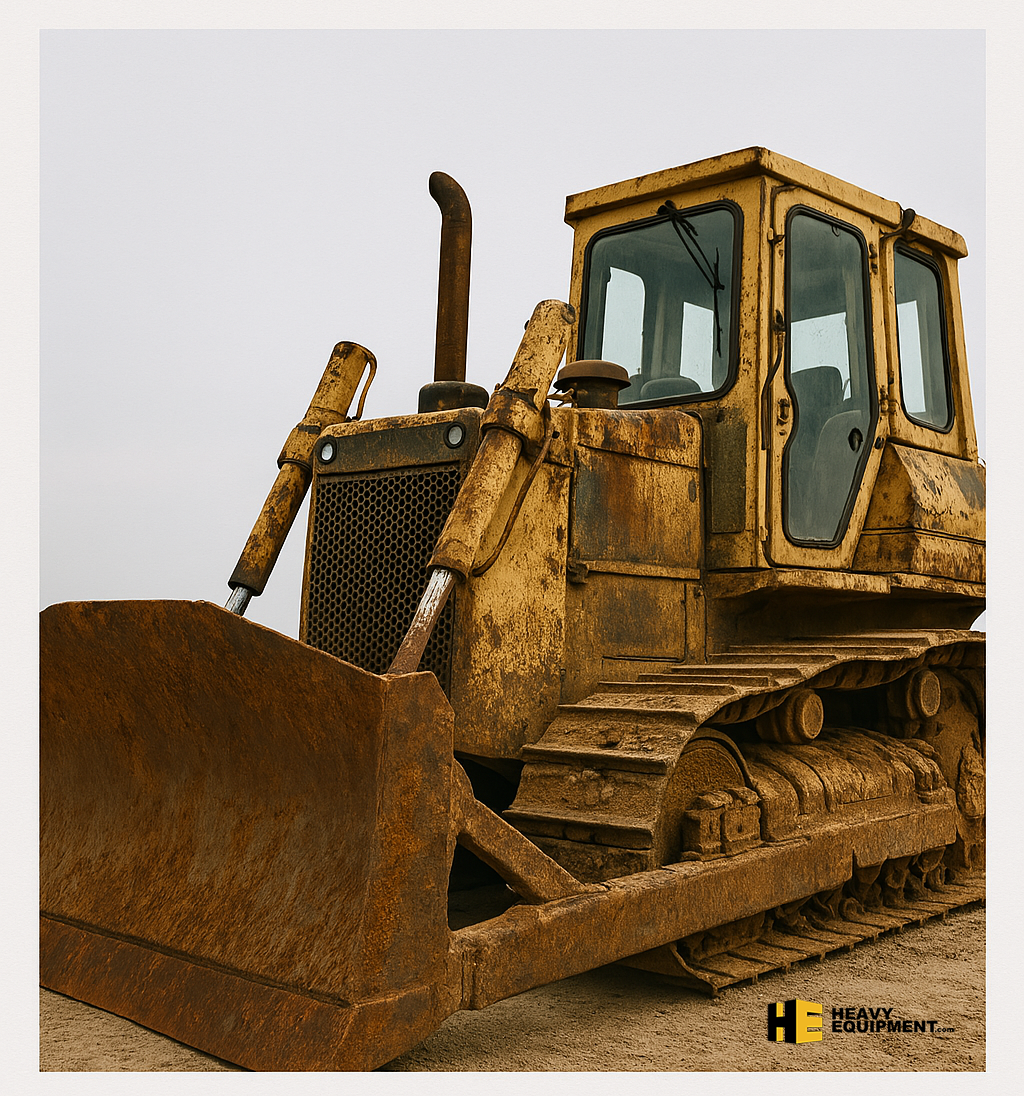Enthusiast Corner
10 Signs It’s Time to Upgrade Your Heavy Equipment
Every machine has its limits, and while regular maintenance can extend the lifespan of your heavy equipment, there comes a point when an upgrade is the smarter choice. Running outdated equipment can lead to inefficiencies, increased downtime, and even safety risks. If you’re wondering whether it’s time to invest in new equipment, here are 10 signs that your fleet might be due for an upgrade.
1. Frequent Breakdowns and Repairs
If your equipment is spending more time in the shop than on the job site, it’s a clear sign that wear and tear has taken its toll. Constant breakdowns not only cost you money in repairs but also lead to costly downtime that impacts project timelines.
Pro Tip: Keep a detailed maintenance log to track recurring issues. If repairs are becoming a monthly or weekly routine, it’s time to consider upgrading.
2. Increased Downtime
Even if repairs are minor, excessive downtime can hurt your bottom line. A machine that’s constantly offline delays projects and reduces overall productivity. If you’re finding that repairs and waiting for replacement parts are eating into your profits, upgrading may be a more cost-effective option.
3. Poor Fuel Efficiency
Older equipment models tend to consume more fuel, making them expensive to operate over time. Newer machines are designed with fuel-efficient engines and hybrid technologies that can significantly reduce fuel costs.
Why It Matters:
• Lower operating costs
• Reduced carbon footprint
• Longer intervals between refueling
Outdated Technology
If your equipment lacks modern features like GPS, telematics, or operator-assist technologies, you’re missing out on opportunities to improve efficiency and precision. Newer models come equipped with advanced features that can increase accuracy, minimize rework, and reduce operator fatigue.
Upgrading Gives You:
• Real-time equipment tracking
• Predictive maintenance alerts
• Automated grade and blade control
5. Increased Operator Fatigue
Older machines often have less comfortable cabs and lack ergonomic controls, which can lead to operator fatigue during long work hours. Newer models prioritize operator comfort with features like adjustable seats, better climate control, and intuitive controls.
Happy Operator = Better Productivity
6. Declining Productivity
If your equipment is taking longer to complete tasks that used to be done quickly, it’s a sign that performance is declining. Modern machines are built with better power, hydraulic systems, and advanced control features that allow you to do more in less time.
7. Safety Concerns
Safety standards are constantly evolving, and older equipment may not meet today’s safety regulations. If your machine lacks essential safety features like backup cameras, object detection, and improved visibility, you’re putting operators and job sites at risk.
Upgraded Equipment Offers:
• Enhanced safety features
• Better visibility and awareness
• Reduced risk of accidents
8. Difficulty Finding Replacement Parts
As equipment ages, finding replacement parts can become a challenge, especially for discontinued models. Longer wait times for parts lead to increased downtime and operational delays.
When Parts Become Scarce, It’s Time to Upgrade.
9. High Maintenance Costs
If you’re spending more on repairs and maintenance than the equipment is worth, it’s time to do the math. Investing in a new machine may offer better long-term value and lower overall operating costs.
10. Low Resale Value
If your equipment’s resale value is declining quickly, it might be the right time to trade it in before its value drops even further. Upgrading while your machine still holds some value can offset the cost of a new purchase.
Final Thoughts: Don’t Wait Until It’s Too Late
Upgrading your heavy equipment is a significant investment, but holding on to outdated machines can cost you more in the long run. Whether you’re aiming to boost productivity, reduce downtime, or improve operator safety, recognizing the signs early can save your business time and money.

